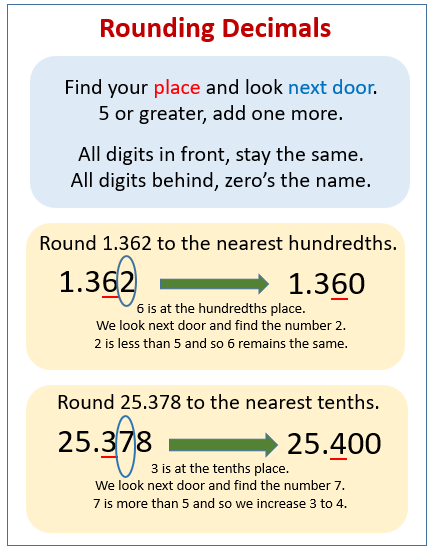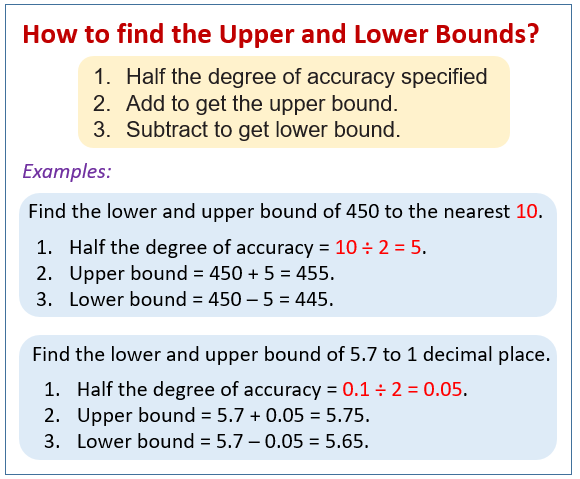RESOURCES
This is an affiliate link. If you click the link and buy the product, then the blogger gets a percentage of the sale or some other type of compensation. Prices are not different if you use these affiliate links. You will not pay more by clicking through to the link.
ROUNDING
Approximations are a powerful tool for simplifying complex numbers, making them more manageable in everyday calculations. Rounding is one of the most common techniques used to approximate numbers. Whether it’s rounding a number like 5468.9 to the nearest whole number, ten, hundred, or thousand, understanding how and when to round can save time and effort.
When approximating, the goal is to create a number that’s simpler but still close enough to the original to be useful. For instance, rounding 5468.9 to the nearest whole number gives us 5469. If we round it to the nearest ten, it becomes 5470. Rounding to the nearest hundred results in 5500, and to the nearest thousand, it’s 5000. Each level of rounding offers a different balance between simplicity and precision.
Rounding isn’t limited to whole numbers. You can also round to various numbers of decimal places. Consider the number 8.9471. Rounded to one decimal place, it’s 8.9. To two decimal places, it’s 8.95. And to three decimal places, it’s 8.947. This kind of rounding is particularly useful in fields that require high precision, such as science and engineering.
Another important concept is rounding to significant figures (s.f.). The first significant figure is the first non-zero digit, and these figures give a clearer indication of a number’s precision. For example, in the number 123.45, the first significant figure is 1. Rounding this number to three significant figures gives us 123, while rounding to two significant figures provides 120.

UPPER AND LOWER BOUNDS
Understanding upper and lower bounds is also essential. These bounds represent the maximum and minimum possible values of a rounded number. Take 5468.9 rounded to the nearest hundred. Its upper bound is 5499.5, and its lower bound is 5449.5, showing the range within which the actual value lies. These bounds can be written as an interval, e.g. [5449.5, 5499.5], or an inequality, e.g. 5449.5 ≤ 𝑥< 5499.5
Upper and lower bounds also apply to truncated numbers, where digits are simply cut off instead of rounded. For example, truncating 123.45 to one decimal place results in 123.4, with its bounds being 123.4 and 123.5.

CONCLUSION
Knowing how to approximate and the different methods involved can be extremely helpful, especially in making quick estimations. It’s a balancing act between simplicity and precision, and mastering it can make mathematical tasks much easier and less error-prone.


No responses yet